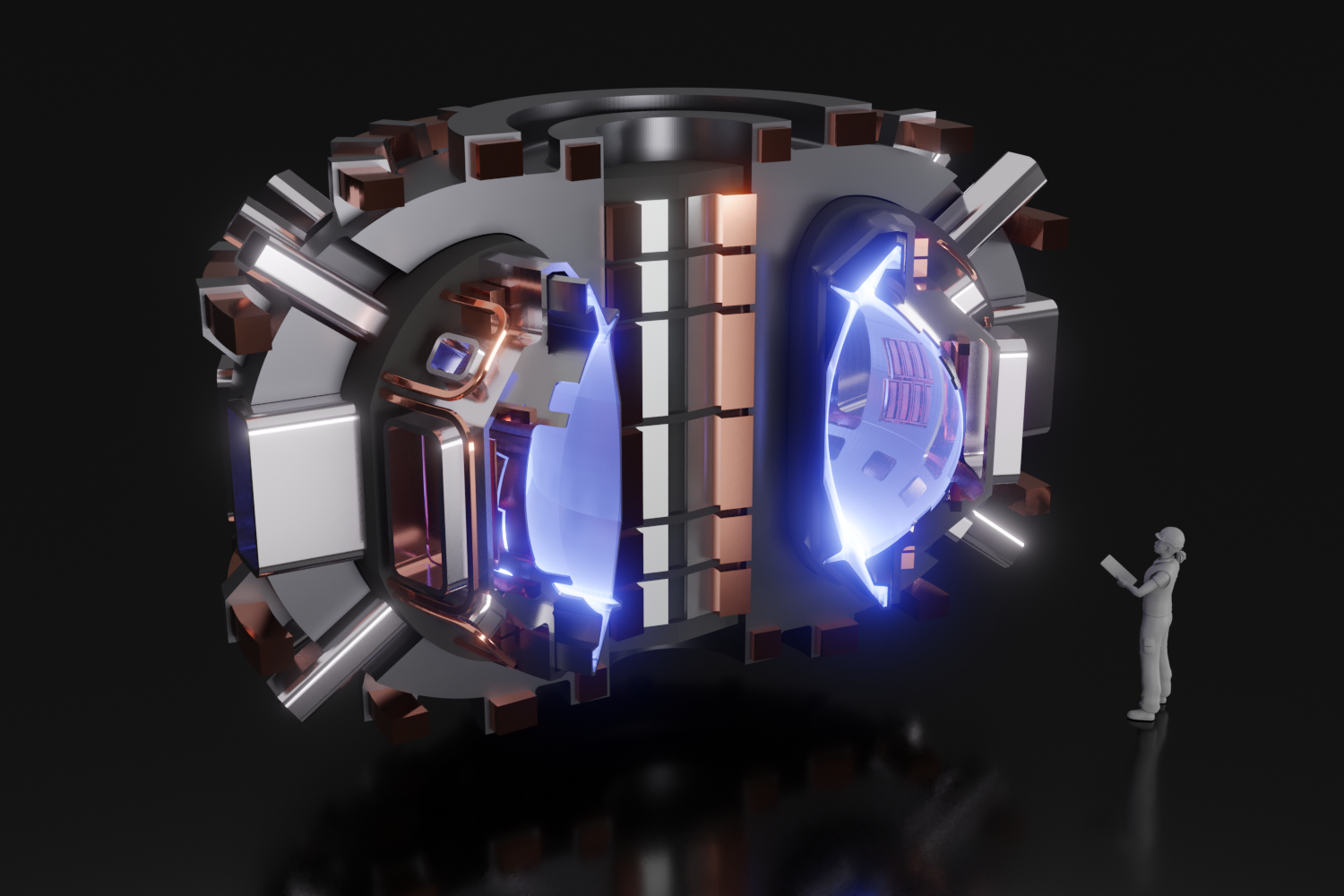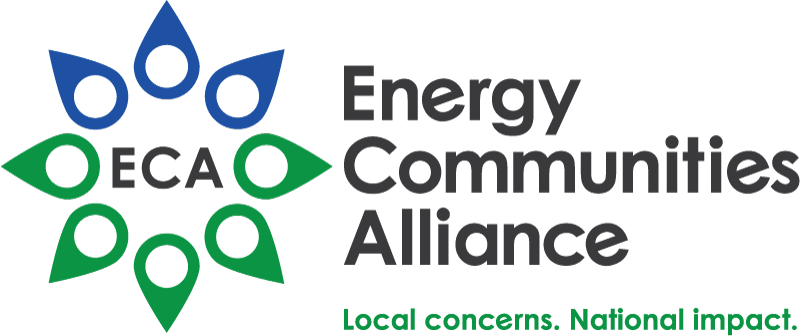Newest Russian icebreaker ready to hit the ice

The Russian nuclear-powered icebreaker Arktika. Photo: Rosatom
The Arktika, Russia’s latest nuclear-powered icebreaker, sailed from the Baltic Shipyard in St. Petersburg last week, bound for the Murmansk seaport. The voyage is scheduled to take approximately two weeks, during which time the vessel will be tested “in ice conditions,” according to Rosatom, Russia’s state-owned atomic energy corporation.







 The board of directors of the Energy Communities Alliance (ECA), an organization known more for its work in advancing the cleanup of Department of Energy sites, is launching a
The board of directors of the Energy Communities Alliance (ECA), an organization known more for its work in advancing the cleanup of Department of Energy sites, is launching a 



